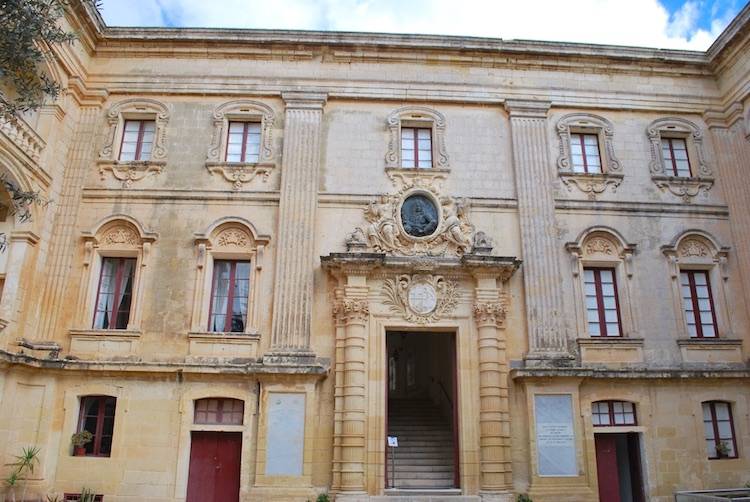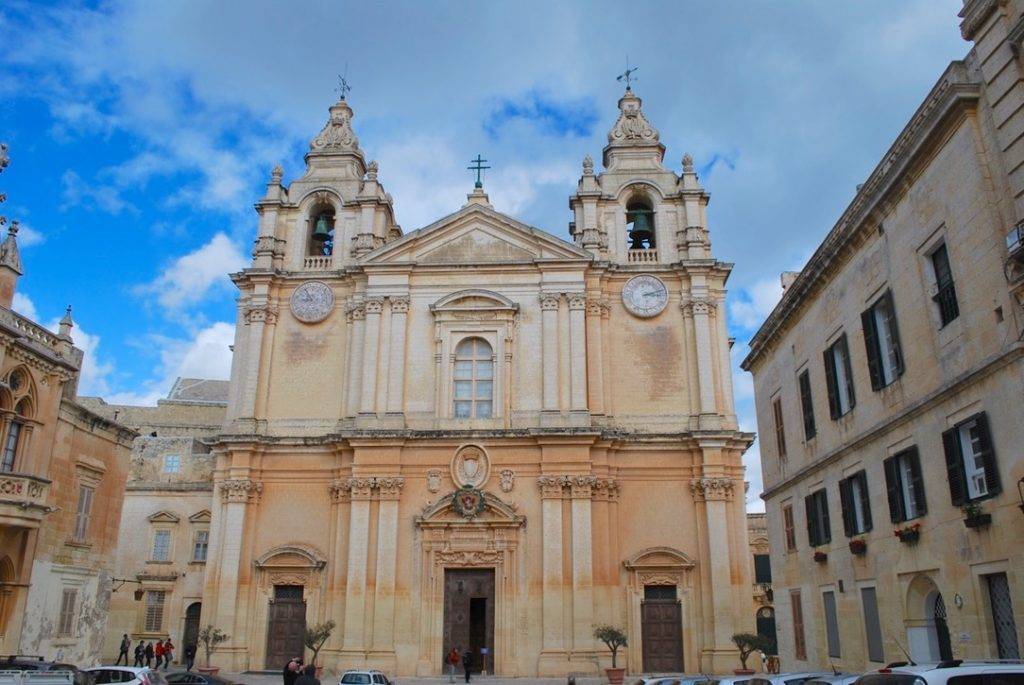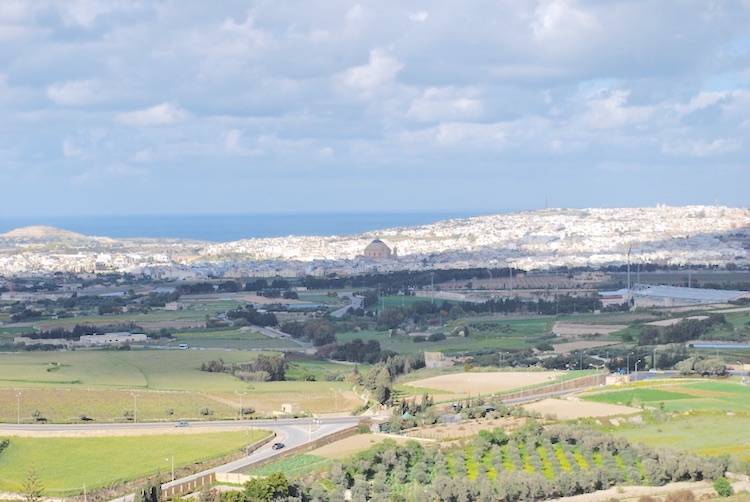Yesterday I explored the walled ancient city of Mdina Malta, built on high plateau in the heart of the island. It’s known as the silent city, because the city was abandoned in favour of Valletta. Mdina was the capital of Malta in medieval times, but then moved as Valletta was said to be better positioned on the coast.
History of the Silent City of Mdina
The first city (known as Maleth) was built here on this spot by the Phoenicians (ancient Greeks) before Christ. Later, the Roman period lasted 1000 years. Arabs then came from Sicily in 870 after Christ. The invading Arabs didn’t have much interest in the island other than the fact that they wanted to remove the Byzantines. They didn’t want it but didn’t want enemies to have it either!
The Arabs introduced water pump to the island so that it could grow more and support a larger population. They bought with them the name ‘Mdina’ which it was known as from that point forward.
When the Order of Saint John took over in Malta in 1530, the nobles handed over the keys of the city to Grand Master Philippe Villiers de L’Isle-Adam. The Order ended up settling in Birgu (later the capital became Valetta) and Mdina lost its status as capital city, hence the popular name ‘The Silent City’.
Layout, Structure and Architecture of the Silent City Mdina
The main gate built in 1724 in Baroque style is the main entrance to the city. There is a first defence wall and dry ditch for protection before the main gate of the Citadel.

On the back of the main gate, we find images of the three saints of Mdina – St. Agatha (the patron saint), St. Paul who brought Christianity to Malta and St. Publius who was the Governor of the Island when St. Paul was shipwrecked.

There are two other smaller entrances – the side entrance know as Greek gate and the back entrance. Only a limited number of cars (mainly those of the 250 residents) are allowed in the Mdina.
Pretty much everything in Malta was built for reasons of war, not to look nice. Pirates would often come here with around 100 men at a time. These narrow winding alleyways would mean that they would get split up and disorientated. The pirates would eventually end up in a dead end and get shot by the Maltese. The winding roads are reflective of the ancient Arabic towns of Morocco.

Up until 1956 no one was allowed a garden so that when someone knocked on the door it wouldn’t be opened but the owner could see down the street. Most houses and apartments are built with what are referred to as ‘pregnant windows’. They are designed this way so that when someone knocks on the door, the residents can look down on their potential attackers.

By the time Valletta was built, those streets were straight because by the time it was built the guns were better and meant they could control the whole street.
Mdina Natural History Museum
When you enter the Mdina, first on the right you will see The Natural History Museum immediately on the right hand side. It is based in an eighteenth century palace, which was restructured by Grand Master Antonio Manoel de Vilhena (A Grand Master of the Knights of St John).

Mdina Cathedral
The Mdina Cathedral is in the middle of the Mdina and indicated by cross at top. There are two bells, two clocks. In most ancient cities of Malta, you could navigate your way around using the Church as a landmark.

Inside St Pauls Cathedral Mdina you will find beautiful frescos depicting the life of Saint Paul, as well as some beautiful stone memorials covering the floor.

Bastion Square – The Walls of Mdina Malta
Bastion Square itself houses some beautiful historical buildings made from limestone with exquisite door knockers that the city is famous for. Many of the door knockers are in the shape of angels, lions and fish.

From the city walls, you can see the Mosta Rotunda and harbours of Valetta in the distance. I travelled to Mdina in March, when much of the countryside is a vibrant green.

Other Important Sites in Mdina
I spent a day in Mdina, but could have easily spent a couple of days in I wanted to see more and go inside the museums. If you have time, I also recommend going into St Paul’s Catacombs and the Carmelite Priory Monastery.
If you are spending time in Malta, I also recommend that you visit the prehistoric temples of Hagar Qim.
